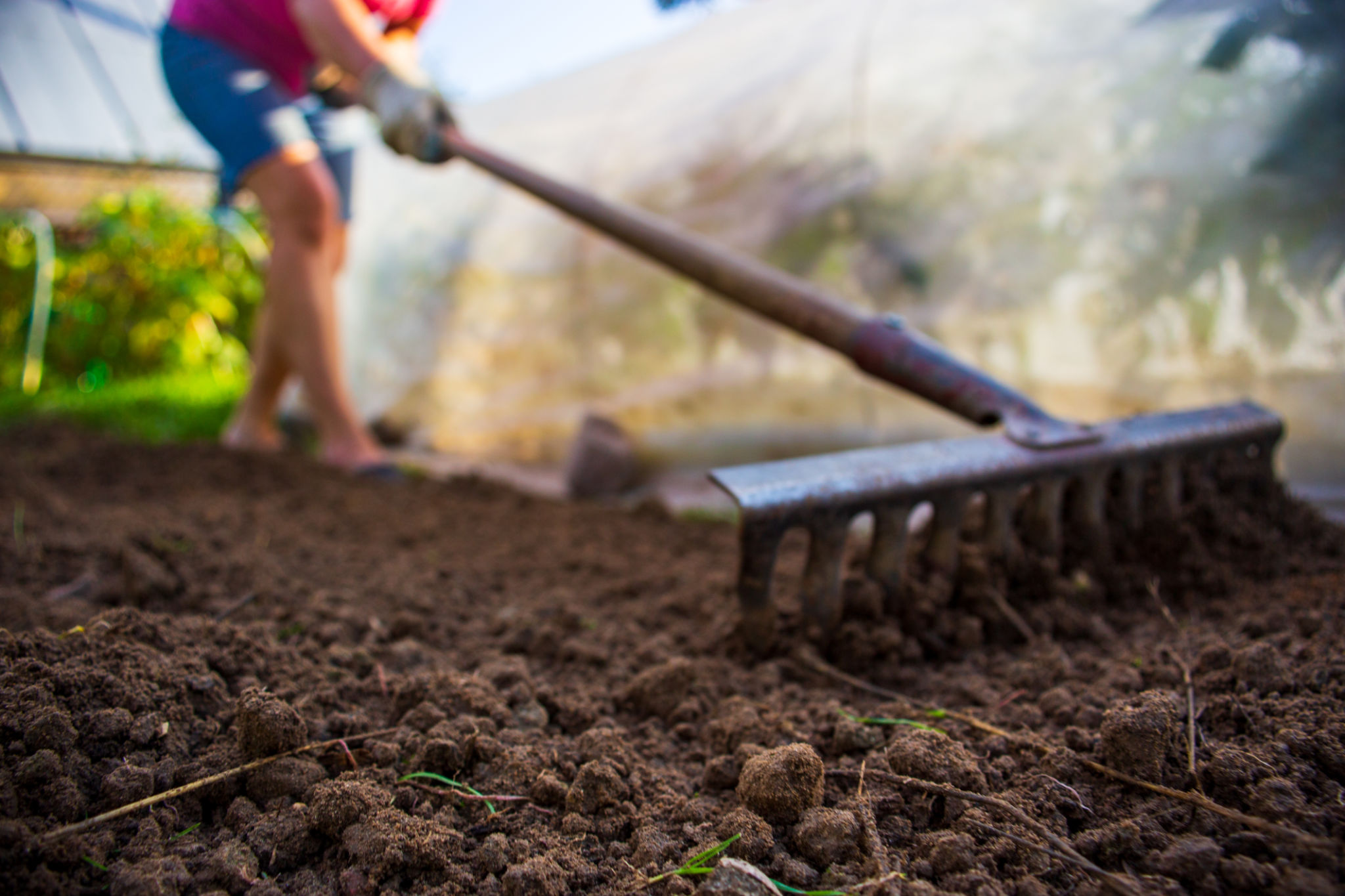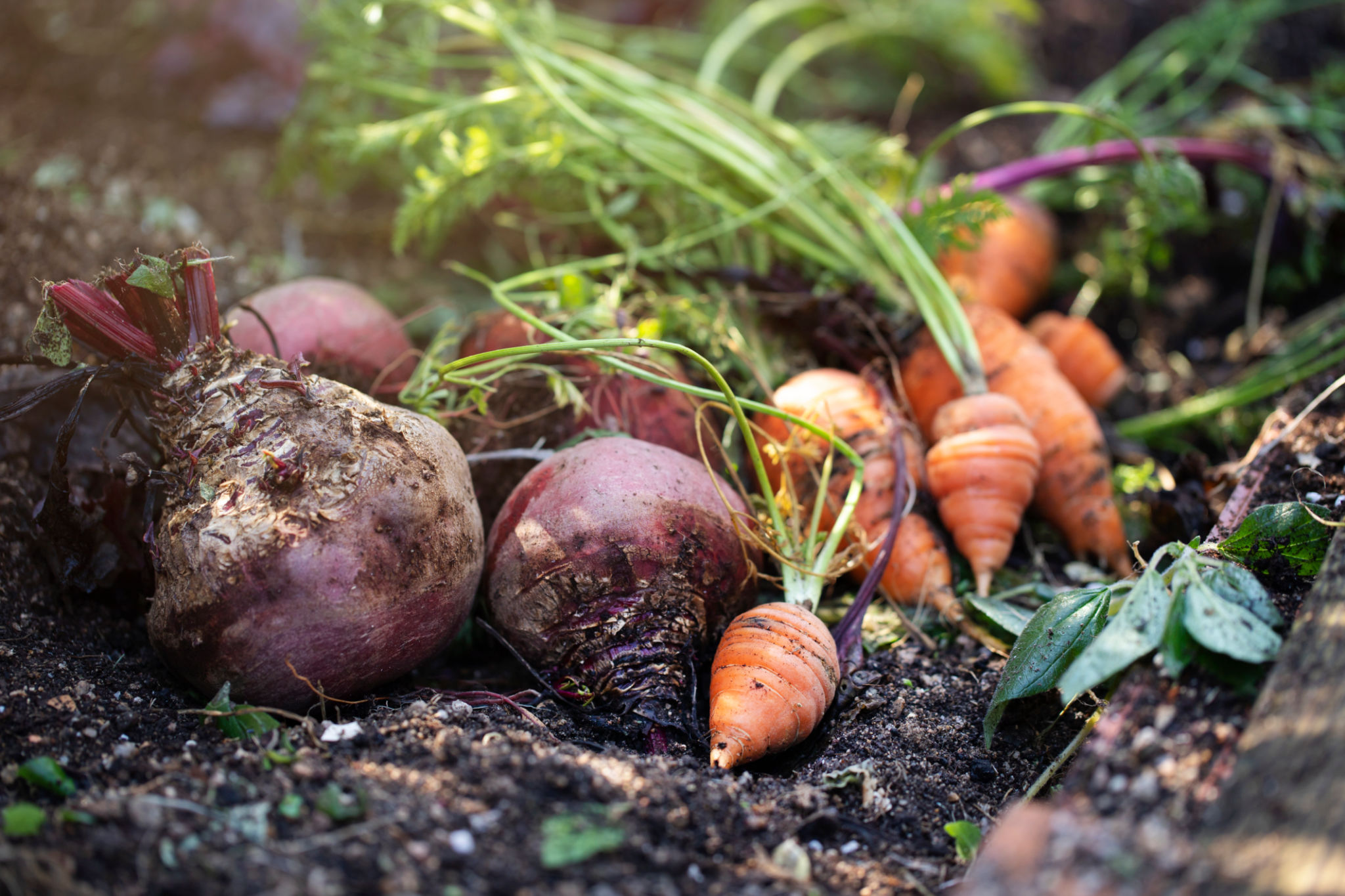The Ultimate Checklist for Seasonal Edible Garden Maintenance
Introduction to Seasonal Edible Garden Maintenance
Maintaining an edible garden is a rewarding endeavor that requires attention to seasonal changes. Each season presents unique challenges and opportunities for garden maintenance, ensuring your plants thrive year-round. In this guide, we'll explore essential tasks to keep your edible garden flourishing throughout the seasons.
Spring: Preparing for Growth
Spring is a time of renewal and growth in the garden. As temperatures rise, it's crucial to prepare your soil and plants for the upcoming growing season. Start by cleaning up debris from winter storms, pruning any dead branches, and turning the soil to improve aeration. Consider performing a soil test to determine nutrient needs and amend accordingly.

Next, focus on planting early crops like leafy greens, peas, and radishes, which thrive in cooler temperatures. Be sure to monitor rainfall and supplement with watering as needed, ensuring the soil remains consistently moist but not waterlogged.
Summer: Managing Heat and Pests
Summer brings heat and an abundance of growth, but it also presents challenges such as pests and water management. To keep your garden thriving, establish a consistent watering schedule, preferably in the early morning or late evening to minimize evaporation. Mulching is highly beneficial during this season as it helps retain moisture and suppress weeds.
Pest control becomes crucial in summer. Regularly inspect your plants for signs of pest damage or disease. Use organic methods like neem oil or insecticidal soap to manage infestations without harming beneficial insects.

Fall: Harvesting and Preparing for Dormancy
Fall is a time of harvest and preparation for the colder months ahead. Begin by harvesting remaining summer crops and planting cool-weather varieties such as kale, broccoli, and carrots. It's also an excellent time to plant garlic and onions for next year's harvest.
As temperatures drop, focus on cleaning up garden beds by removing spent plants and adding compost or organic matter to enrich the soil. Consider covering beds with mulch or a layer of leaves to protect them from winter erosion and nutrient loss.

Winter: Planning and Maintenance
Winter is a quieter time in the edible garden, providing an opportunity for planning and maintenance. Use this time to reflect on the past growing season and plan for the next. Order seeds early to ensure availability and organize your planting schedule.
If you live in a region with mild winters, consider growing hardy crops like spinach or cover crops that can improve soil health. Regularly check for signs of frost damage, especially on perennial plants, and protect them with row covers if necessary.
Conclusion
By following this ultimate checklist for seasonal edible garden maintenance, you'll be well-equipped to nurture your garden throughout the year. Remember that each season brings its own challenges and rewards, and attentive care will ensure a bountiful harvest. Embrace the rhythms of nature and enjoy the fruits of your labor!